Latest NRAO News
News is managed by NRAO News & Public Information. Questions about News? Have a story to share? Want to interview a scientist or create new media about our telescopes?
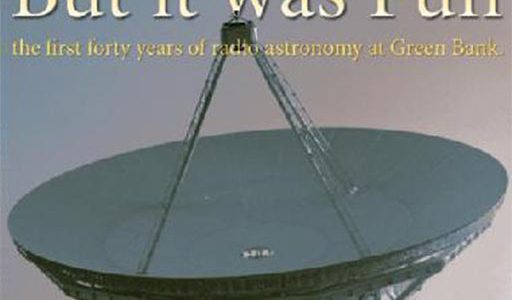
A new book published by the National Radio Astronomy Observatory tells the story of the founding and early years of the Observatory at Green Bank, West Virginia. But it was Fun: the first forty years of radio astronomy at Green Bank, is not a formal history, but rather a scrapbook of early memos, recollections, anecdotes and reports.

Associated Universities, Inc, and the National Radio Astronomy Observatory have awarded the 2007 Karl G Jansky Lectureship to Professor Karl M Menten of the Max-Planck-Institute for Radioastronomy in Bonn, Germany.
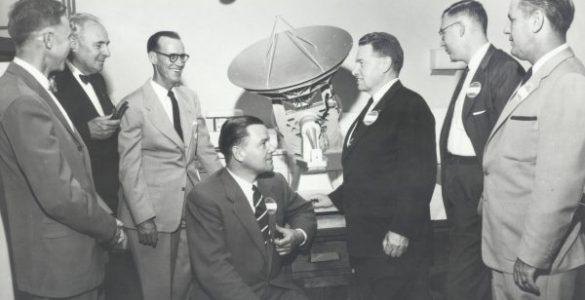
Radio telescopes now in operation or under construction will be indispensible to scientists wrestling with the big, unanswered questions of 21st-Century astrophysics. That was the conclusion of a wide-ranging scientific meeting held in Charlottesville, Virginia, June 18-21, to mark the 50th anniversary of the National Radio Astronomy Observatory (NRAO).
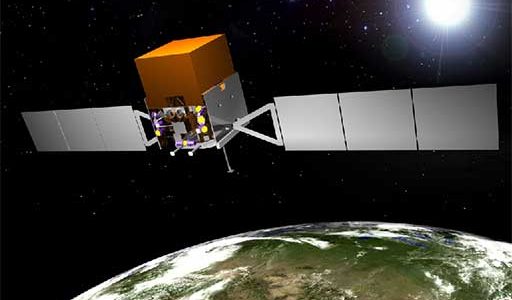
The National Radio Astronomy Observatory is teaming with NASA’s upcoming Gamma-ray Large Area Space Telescope to allow astronomers to use both the orbiting facility and ground-based radio telescopes to maximize their scientific payoff.
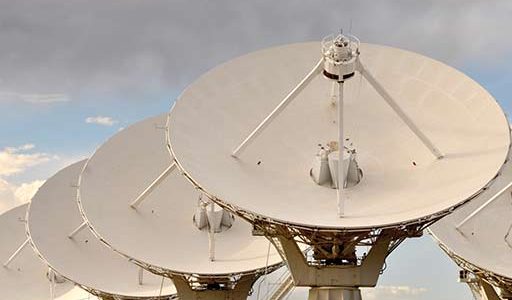
Astronomers using the National Science Foundation’s Very Large Array radio telescope have greatly strengthened the case that supermassive black holes at the cores of galaxies may have formed through mergers of smaller black holes.
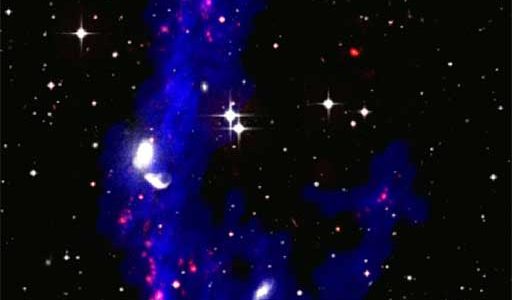
Astronomers studying dwarf galaxies formed from the debris of a collision of larger galaxies found the dwarfs much more massive than expected, and think the additional material is missing mass that theorists said should not be present in this kind of dwarf galaxy.





